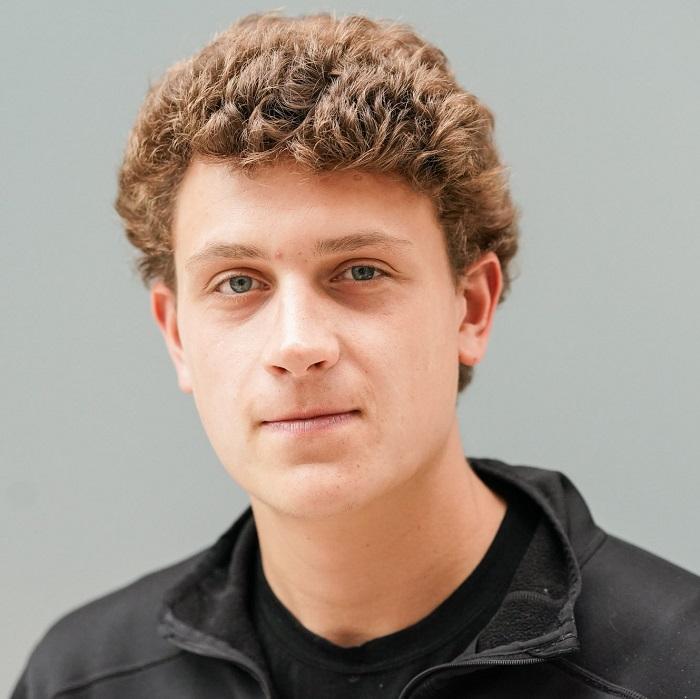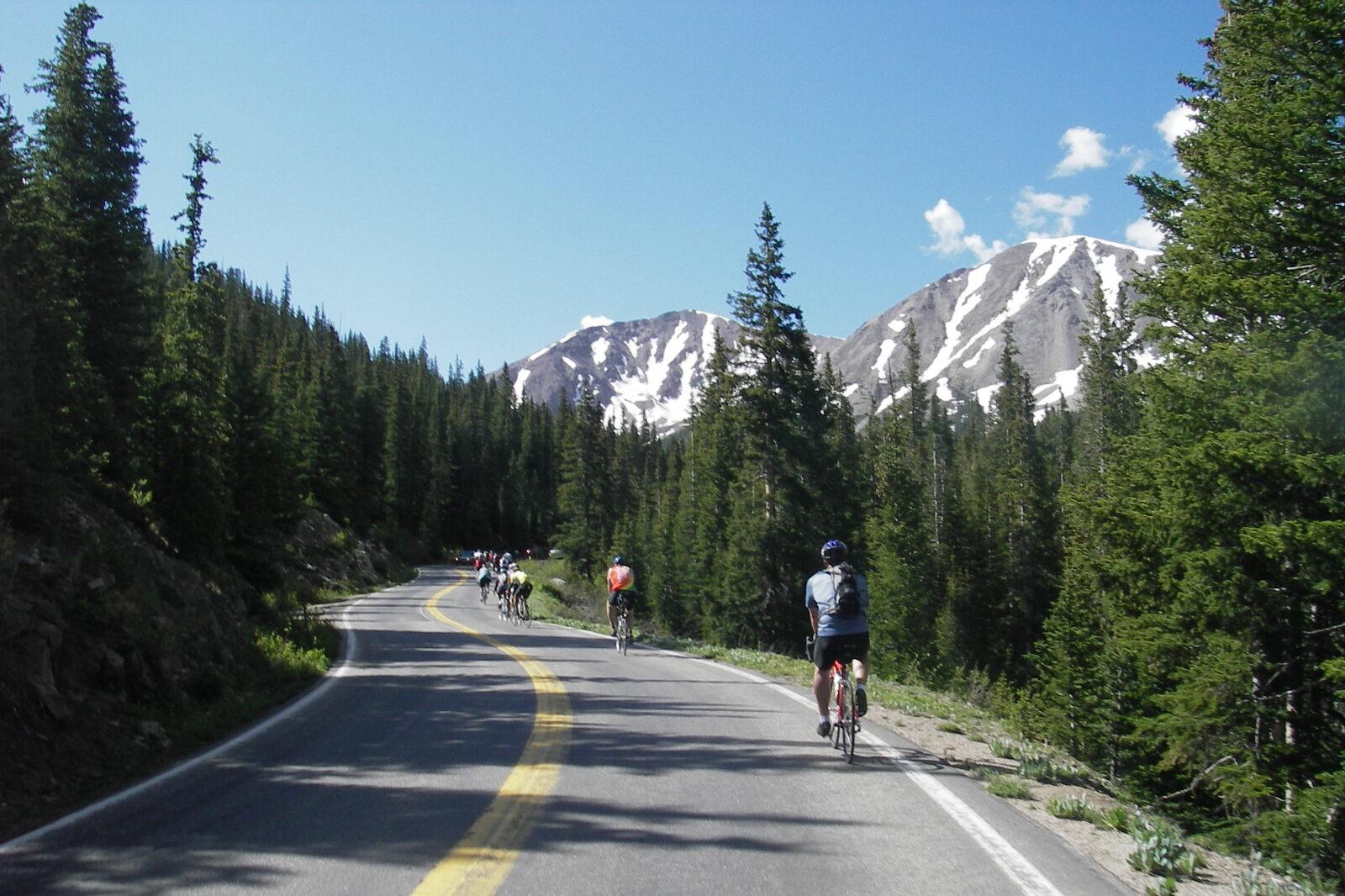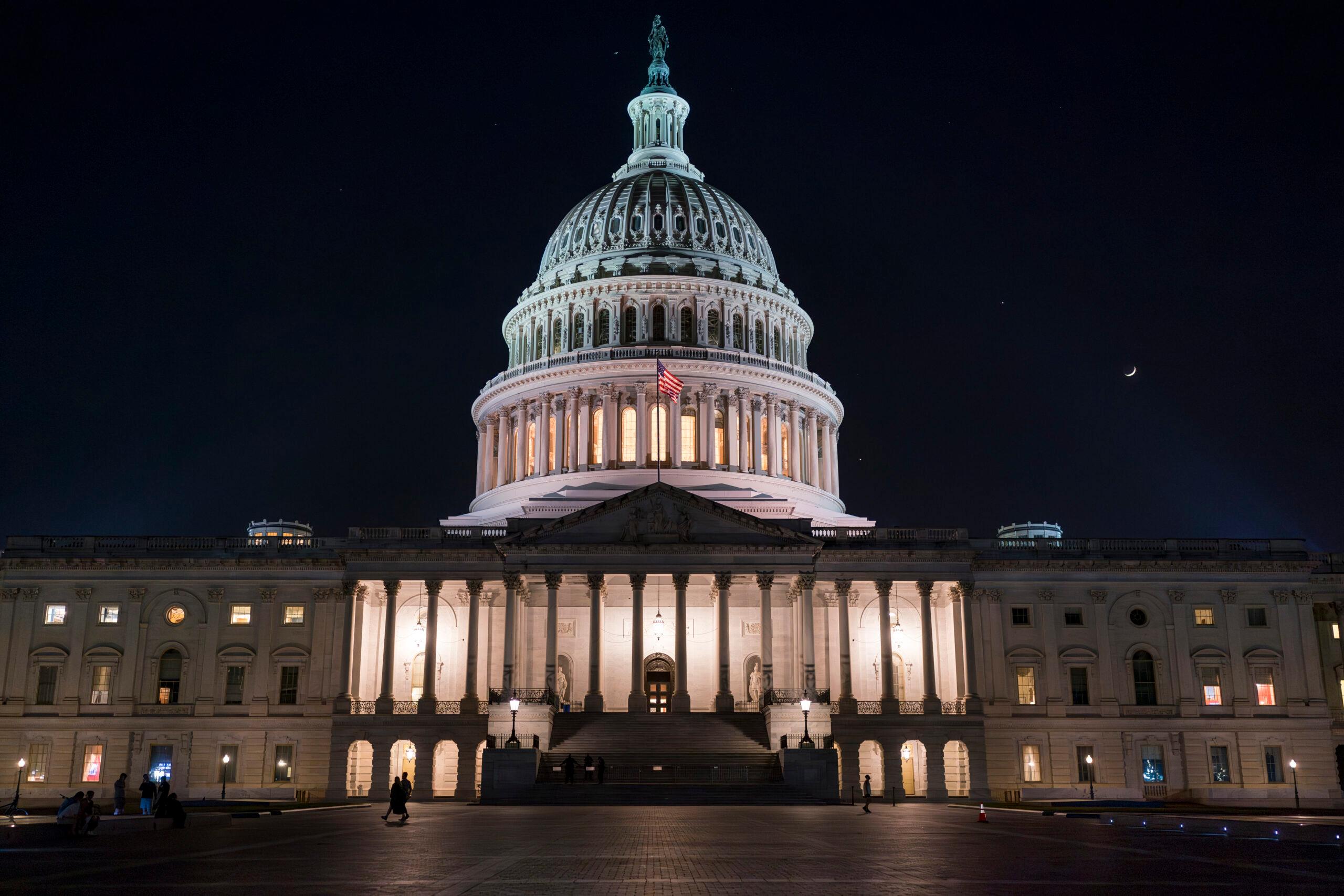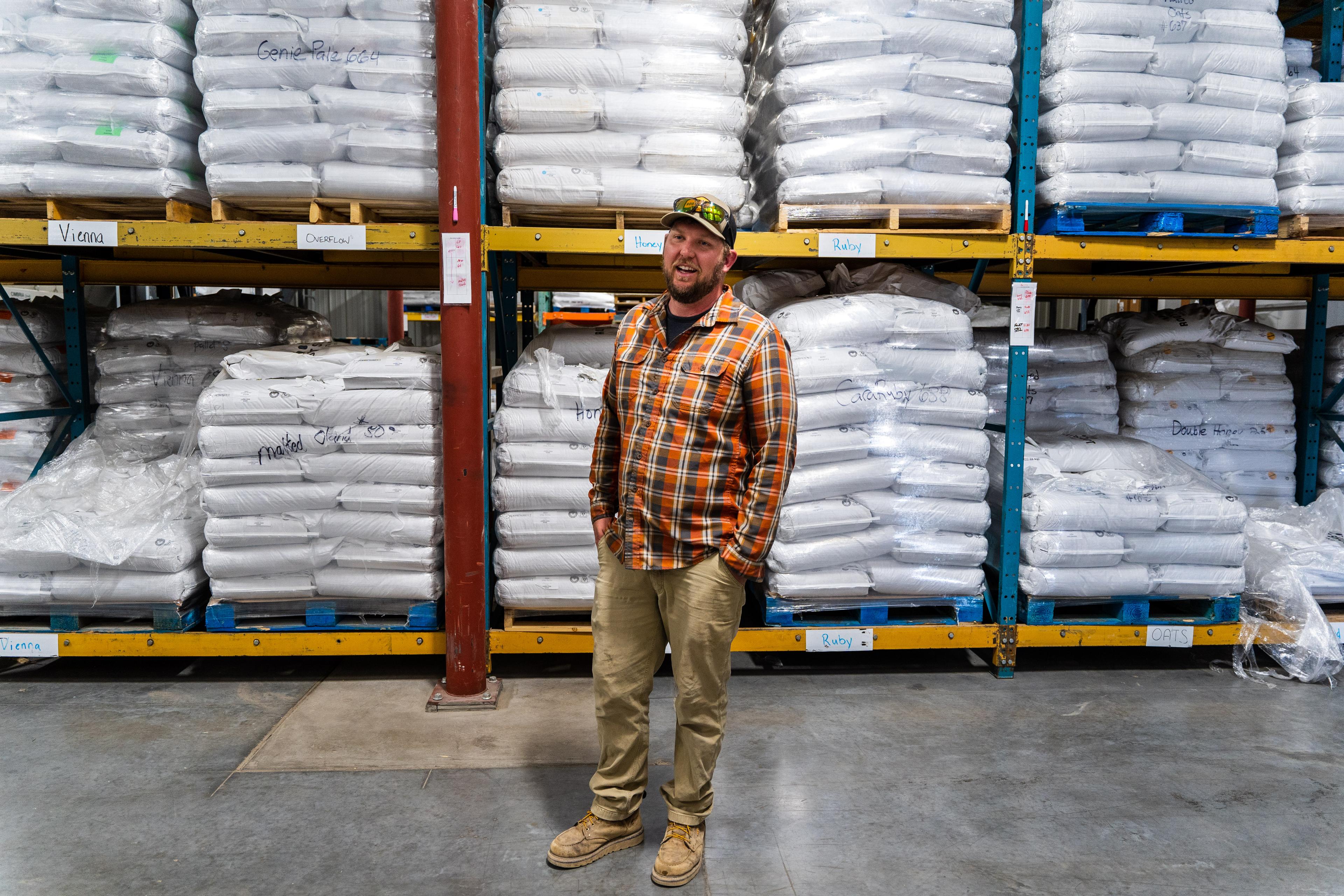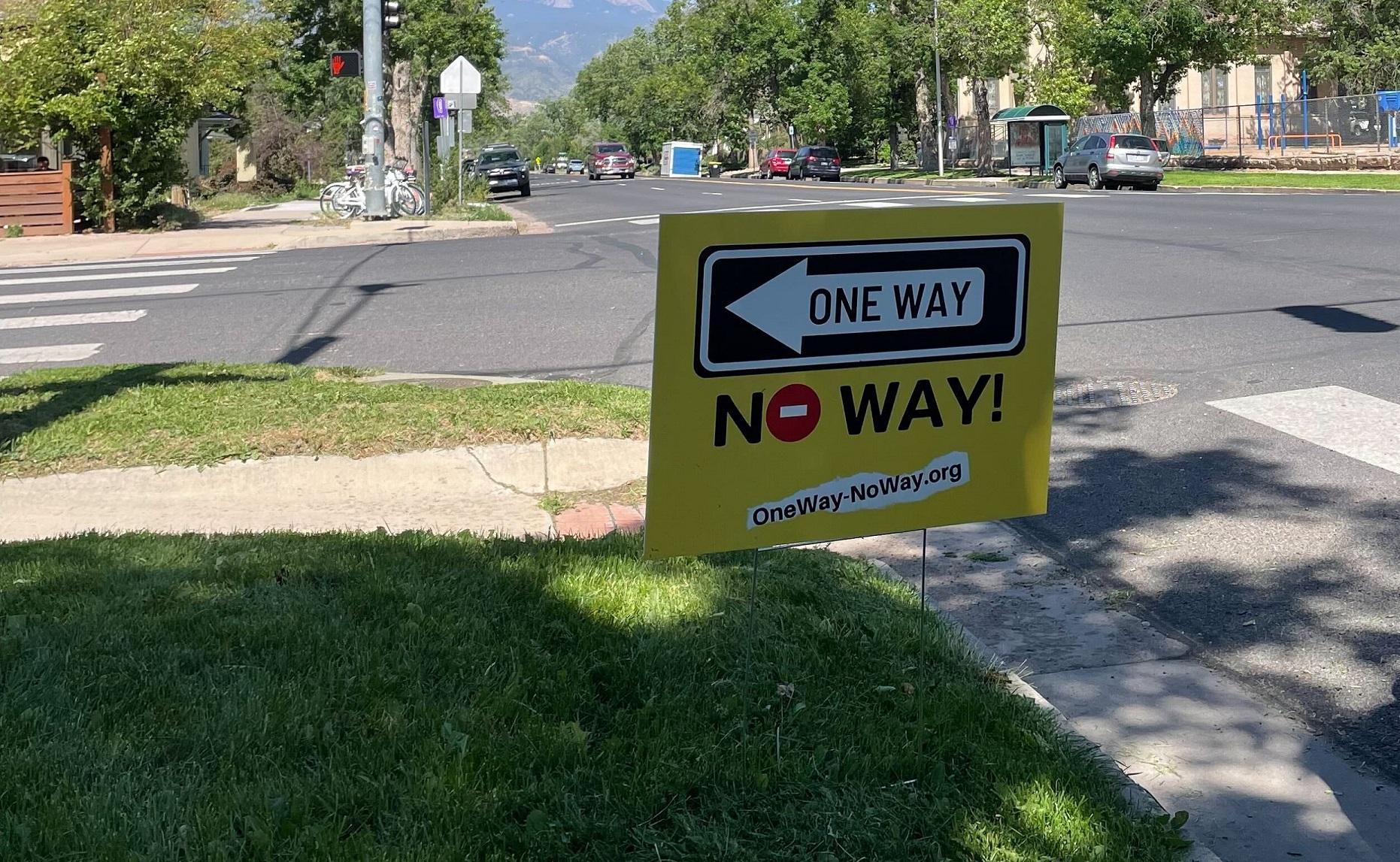
Residents of the Middle Shooks Run neighborhood east of downtown Colorado Springs are opposing a plan to make parts of Platte Avenue and Boulder Street one way.
The proposed changes are part of a larger redevelopment of Platte Avenue the city said aims to help address the expected growth of Colorado Springs. The goal is to better align each section of the six-mile Platte Avenue corridor with the neighborhoods that it runs through.
Middle Shooks Run could see some of the most transformative changes under the proposal, with Platte and Boulder becoming one-way streets through the neighborhood.
Under the proposal, Platte Avenue would run east-bound while Boulder Street would run west-bound between Wahsatch Avenue and the junction of Platte and Boulder. The streets are currently two-way and run mostly parallel to each other until they meet in the Knob Hill neighborhood. The plan would also make both streets narrower by reducing travel lanes from four to two, and adding dedicated bus and bike lanes.
At a meeting last week organized by the Middle Shooks Run Neighborhood Association, representatives from the city and the project’s consulting team fielded dozens of questions and comments from a packed house of residents at Switchback Coffee Roasters. Most of them were in opposition to the plan.
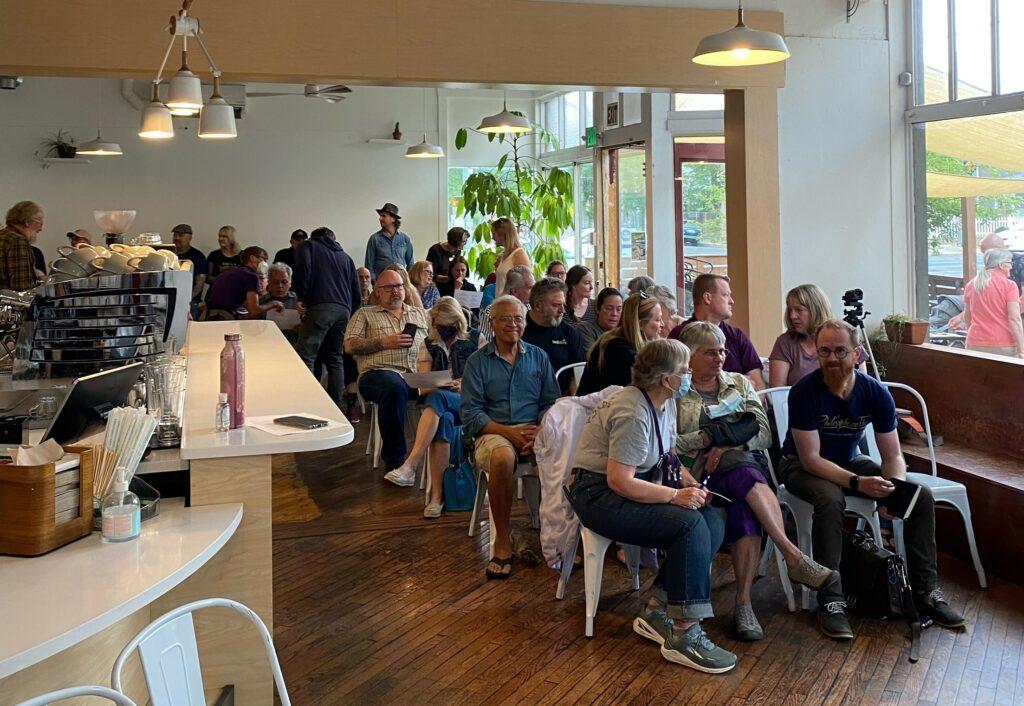
One of the main issues that came up was a fear that the one-way couplet would increase speeding on side streets and in alleys in residential neighborhoods.
“We’re very reluctant to let something become what seems like a highway split our neighborhood in half,” said area resident Brit Ullrich.
The city said that it was still working through ways to keep people from speeding down what they call “ladder streets,” small residential streets that run north-south, connecting Platte and Boulder.
“This is one of those topics that we will really have to dig into to mitigate the impact to some of those lateral streets,” said Ted Ritschard, technical lead for the project consulting team. “Drivers are like water, they take the easiest path.”
Memorial Hospital poses another primary concern. The hospital is located on Boulder Street, and under the current proposal, Boulder Street would only run west-bound past Memorial.
Middle Shooks Run Neighborhood Association president Cheryl Downey declined to be interviewed but helped facilitate the open house. When she asked the room if anyone had concerns about the hospital, nearly everyone in the packed coffee shop raised their hand.
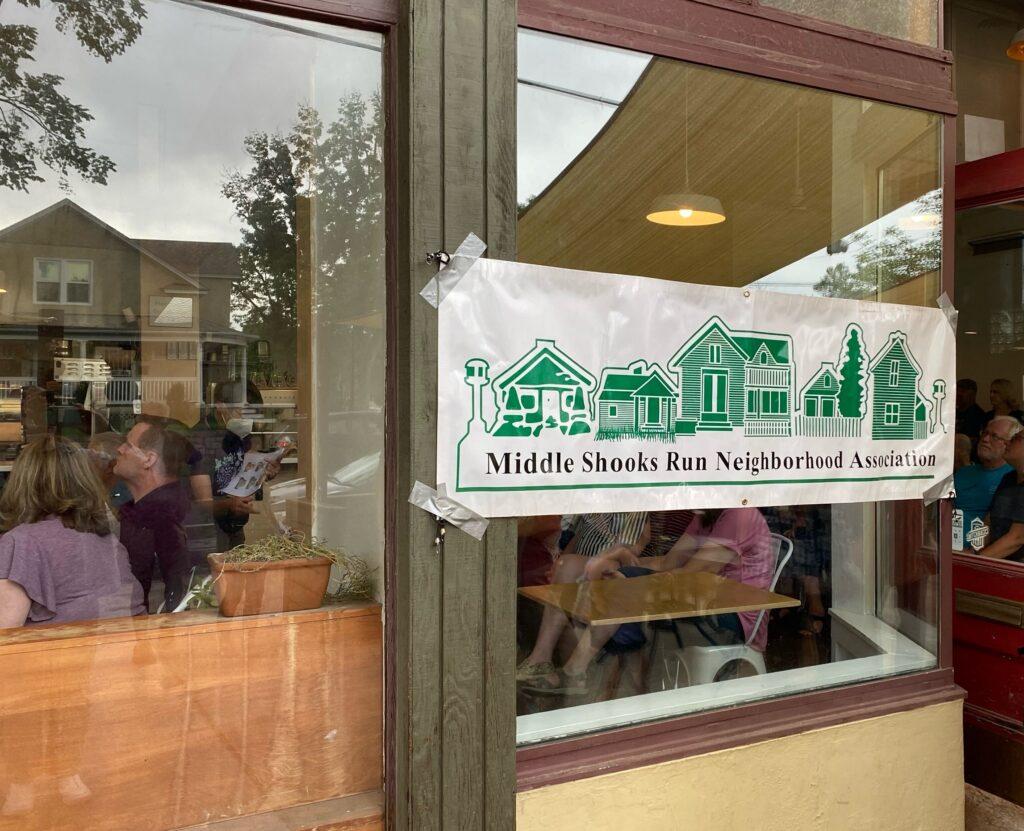
Chris Merrick, a doctor at Memorial Hospital and a Middle Shooks Run resident, voiced the concerns of his neighbors. Merrrick said that Memorial is one of the busiest hospitals in the city, receiving ambulance traffic from areas well beyond the city limits. He said he worries that the proposed change to traffic patterns will have a detrimental effect on ambulance routes. He also said he thinks the hospital's input is largely unheard by the city, though he was speaking as a private citizen.
“I think (it) reflects (the city's) priorities in getting the project done. It doesn’t reflect their priorities in making this a better community, a safer community,” he said.
City Engineer Aaron Egbert said the proposal will increase access to the hospital from every direction except the west. Interstate 25, downtown Colorado Springs, and the Middle Shooks Run neighborhood all lie west of Memorial Hospital and make up much of the ambulance traffic heading to the facility.
City representatives said the augmented hospital access will also be coupled with increased safety in the corridor. Ritschard said the plan will reduce crossing times for pedestrians and provide an opportunity to fix decaying infrastructure.
District 5 City Councilwoman Nancy Henjum was at the meeting and said the main concern she heard from the community is one of safety, and whether or not this project would make their neighborhoods safer. District 5 includes a portion of the Middle Shooks Run neighborhood.
“It’s a priority whether it's the hospital or children crossing the street or bikers," she said. "When it boils down to it, people want to feel as safe as they can.”
John Marshall, an engineer that lives on Platte, acknowledged that there are safety concerns in the corridor but wonders whether a one-way couplet is the best plan to combat some of these problems.
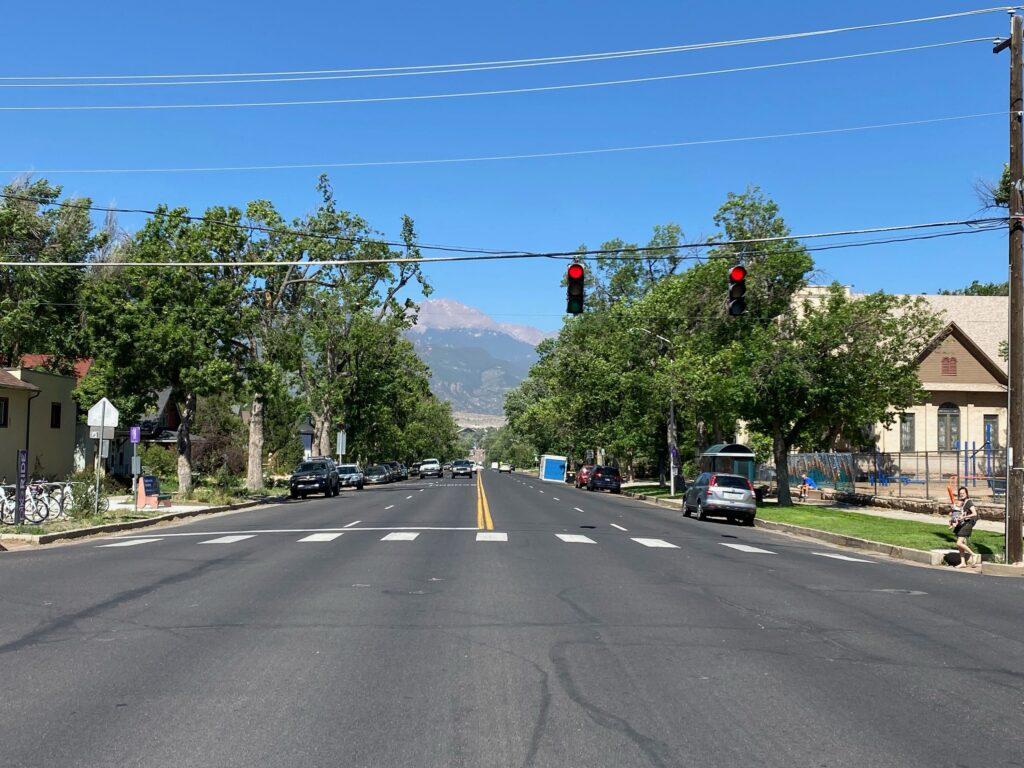
“People drive really fast and that is a big issue that needs to be solved,” he said. “But the way to solve it is not just a one-way couplet. It's not just redesigning the road. It’s much more comprehensive than that.“
Marshall said that if the project makes sense for the future of Colorado Springs then he agrees with it, but questioned whether there might be other, more cost-effective ways to go about redesigning the corridor. He suggested fixing and maintaining the infrastructure that the city already has as a cheap and effective alternative to a complete redesign.
At a city council work session Monday, Deputy Public Works Director Gayle Sturdivant told council members that the city will focus on necessary repairs to Platte Avenue in the short term. She said a lot of attention has been paid to transformational changes such as the one-way couplet while essential repairs to bridges and intersections must still get done.
Focusing on incremental repairs will give the city time to hear more input from neighborhood residents, Sturdivant said. She added the city hopes to bring a proposal for more transformative changes to the corridor before city council by the end of this year or early 2023.
More Colorado Springs stories
- Colorado Springs leaders look to the future through the lens of an aging population, education and affordable housing
- The ‘New South End’ of Colorado Springs will soon see more apartments
- Colorado Springs is getting a boost in federal dollars to help with aging railroad bridges
- Colorado Springs is meeting many of its master planning goals, but housing affordability remains a challenge
- Colorado Springs needs more housing that more people can afford. These groups have some ideas on how to do it
